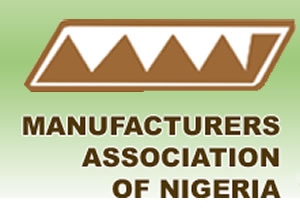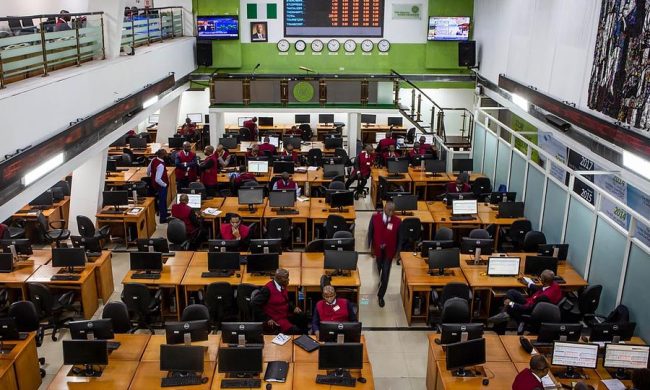The Manufacturers Association of Nigeria (MAN) says limited access to foreign exchange (forex) is top on the list of challenges manufacturing companies faced in the second quarter of the year.
This is as multiple taxes/levies by Government Agencies; over-regulation/multiple visits by Government Agencies; and high cost of electricity/High electricity tariff ranked second, third and fourth in the list of challenges faced by the operators.
These are the result of the research conducted by the association and published in the Manufacturers CEOs Confidence Index (MCCI) report for Q2’21, on Wednesday.
It said, “Poor access to foreign exchange for importation raw materials and machines that are unavailable locally ranked first among the challenges.
The report, however, stated that the MCCI of 52.9 indicated in the second quarter of 2021 (Q2’21) indicated an improvement in the confidence of manufacturers compared with the preceeding quarter and last yera.
“On account of the improved economic tranquility, Aggregate MCCI increased to 52.9 points in the second quarter of 2021 from 49.1 points recorded in the first quarter of the year,” the report stated.
“That was the first time the index value reach and exceeded the 50 neutral points since the First quarter of 2020 when it recorded 44.4 points, thus, suggesting that the macroeconomic ambiance improved in the second quarter of 2021. By implication, the performance shows an improvement in the confidence of manufacturers in the economy.
READ ALSO: Stock Exchange: More Losses For Investors, As ASI Falls By 0.12%
“The performance of the economy in the second quarter of 2021 consolidated on the achievement made in the first quarter (Q1’21) after a very difficult period accessioned by the onslaught of COVID-19 pandemic.
“In the quarter under review, businesses activities appeared to have further stabilized.”
“Consequently, even though the macroeconomic variables (exchange rate, lending rate and inflation rate) are still very much unfavourable, businesses are able to maintain operation, particularly at the level it was in 2019 before COVID-19 came in 2020.”














